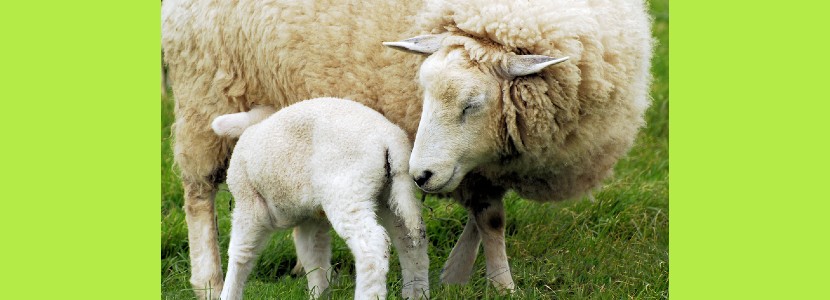Variation in pasture based diets increase the intake of lambs. It’s not just about what is fed, but how it is served over time!
One of the main objectives of animal nutrition is to optimize animal yields with the purpose of obtaining good quality products that meet consumer demands.
Certain aspects regarding feed variation, diet formulation, feeding frequency have been assessed by researchers:
|
Summary
The effect of repeated allocation of a fresh forage diet or variation in the availability of dietary components on Dry Matter Intake (DMI) and rumen characteristics of sheep is not fully understood.
To determine whether repeatedly administering the feed affected DMI and rumen characteristics, three different treatments were assigned to 21 Coopworth rams:
Diets were given ad libitum for 38 days and IMS was recorded.
Results and discussion
DV improved DMI (20 and 10%, respectively) and reduced the daily coefficient of variation of DMI (29 and 23%, respectively) compared to RR and RM diets.
The dietary components of each of the various diets (RM and VD) resulted in a higher percentage of the volatile fatty acids (VFAs) of the rumen composed of butyrate and valerate.
More research is needed to determine whether this difference in IMS was the result of:
If you’re interested in full article: «It is not just what is fed but how we serve it through time — A varied pasture-based diet increases intake of lambs» K.Garrett, M.R.Beck, C.J.Marshall, T.M.R.Maxwell, C.M.Logan, A.W.Greer , P.Gregorini
